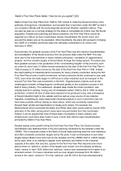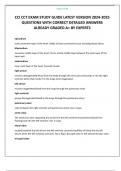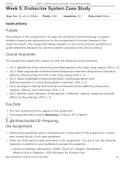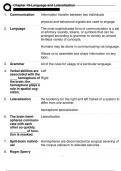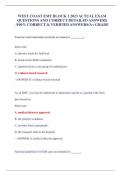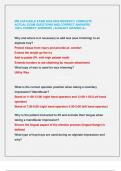Essay
CIE A Level History 9489 Paper 4 Stalin's Russia A* Exemplar Essay: ‘Stalin’s Five-Year Plans failed.’ How far do you agree?
- Vak
- Instelling
A* standard exemplar essay to the Paper 4, 30 marker: ‘Stalin’s Five-Year Plans failed.’ How far do you agree? [30] One of the practice essays I wrote before receiving the Top in the World award in CIE A Level History in the Nov 2022 series.
[Meer zien]
